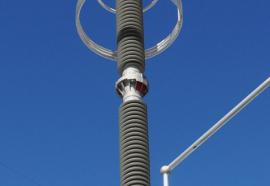Solar Screen Test
Making room on the local grid for small-scale PV.
For the first time, perhaps, the electric utility industry may need to keep track not only of peak load, but also of minimum load, as the Federal Energy Regulatory Commission reviews a proposal by the Solar Energy Industries Association to employ a new definition of minimum load under a new, relaxed threshold test that would govern eligibility for fast-tracking of applications by generation developers to interconnect new, small-scale solar energy projects to the local utility distribution grid.









